If you hear the phrase, Isabella German Shepherd, you’ll likely think this is a beautiful name for your family dog.
Isabella reminds many of us of royalty, princesses in long gowns, or even Spanish beauties.
But, what if we tell you that Isabella is actually what a specific coat color is called?
Isabella German Shepherd isn’t a unique name for a dog, despite what you might think. Instead, it is one of the most gorgeous fur colors you will ever see.
If you want to learn more about Isabella German Shepherds and what these dogs truly are, you’re in the right place.
We’ll tell you everything we’ve found out about this rare and beautiful German Shepherd color.
What Is an Isabella German Shepherd?
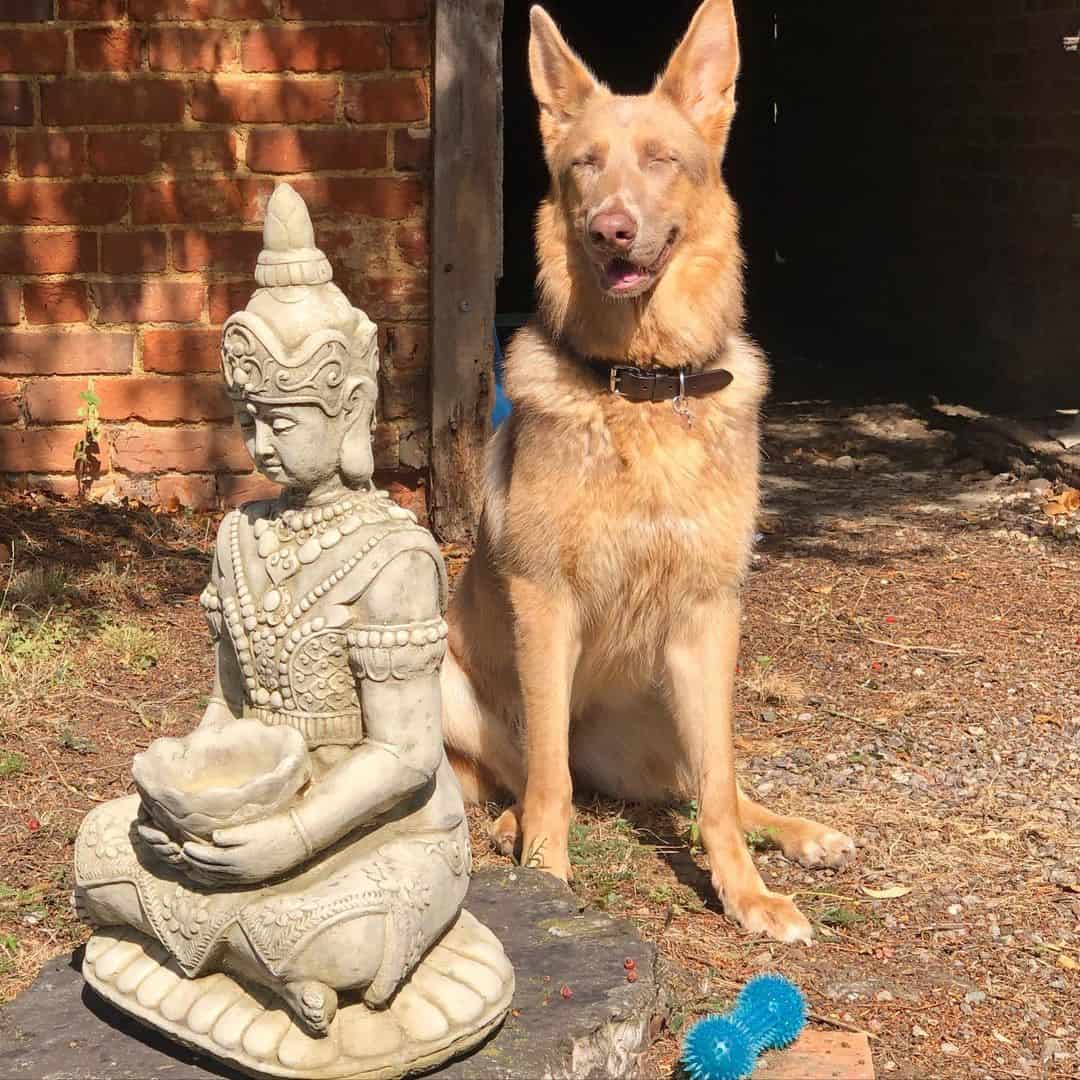
Photo from: @pampa_isabella_gsd
Isabella German Shepherds are GSDs in a rare color that look like a light lavender color. These dogs are also known under the name lilac.
Lilac is known as one of the most beautiful dog colors out there, and it’s therefore among the most expensive ones.
Not many dog breeds come in this color.
This color surprises many dog lovers, both experienced and those who don’t know much about dog colors. We’ll help you solve the mystery behind it.
Overall, Isabella is a diluted liver color. If GSDs were solid-colored dogs, this difference would be easy to notice.
However, when you have bi-color dogs, Isabella German Shepherds can be challenging to differentiate from blue German Shepherds.
German Shepherd Color History
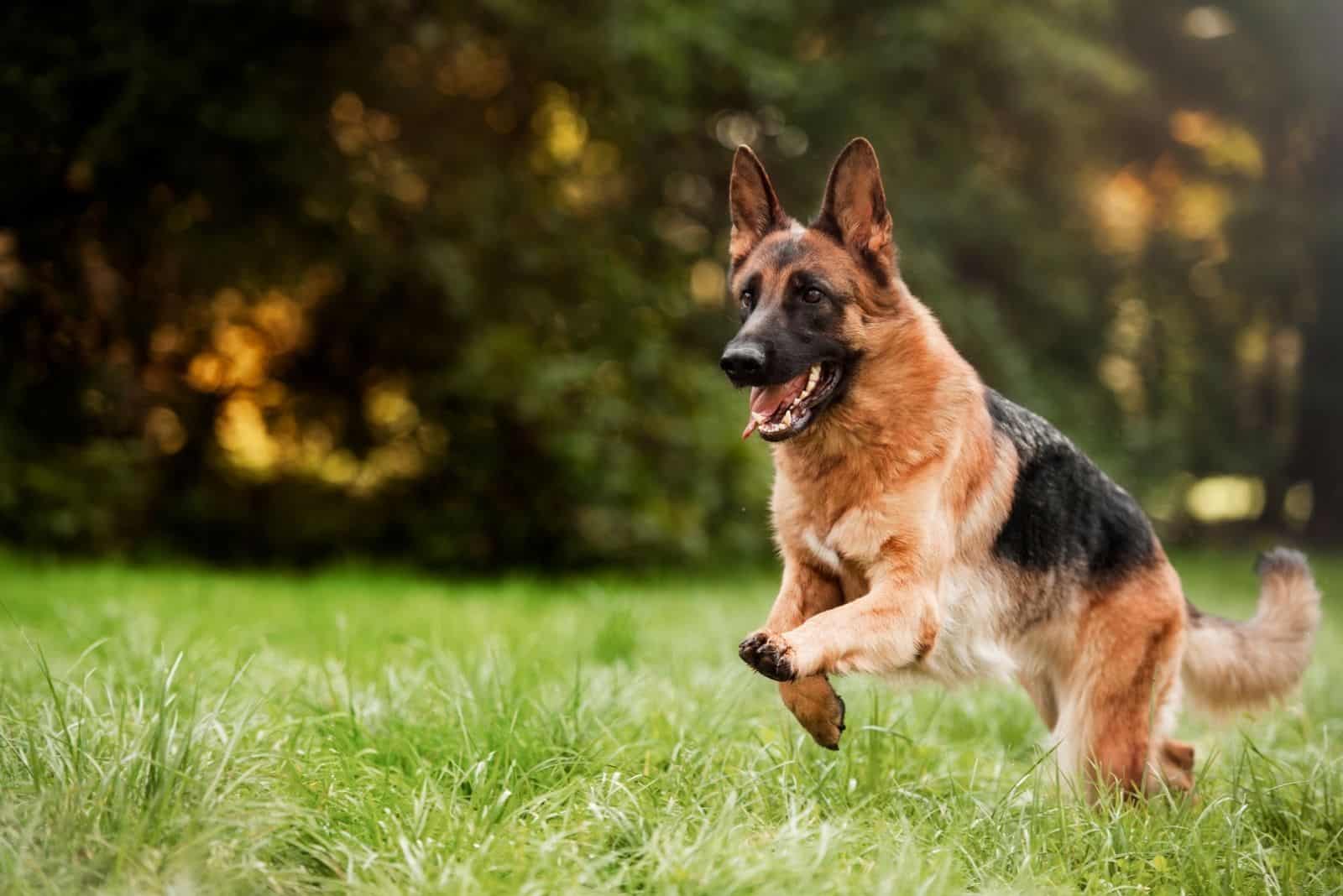
German Shepherds are among dogs that are easy to recognize. Their black and tan saddle pattern is so recognizable that any dog with a similar pattern will be confused with a GSD.
These black and tan dogs are indeed considered the breed standard according to all major kennel clubs, including the American Kennel Club (AKC) and the United Kennel Club (UKC).
In fact, most successful dogs from this dog breed came in contrasting colors of either black and tan or black and red (mahogany). German Shepherds are known for coming in two tones that are quite different in shade.
Still, the original German Shepherd called Hektor actually wasn’t black and tan, but rather, sable. In fact, sable is dominant compared to black and tan, and most other colors you’d typically associate with German Shepherds. In other words, it’s easier to breed.
Still, judges from dog shows preferred GSDs in black and tan and black and red rather than sable ones, which is why these two color variations became the most prominent ones.
The History Behind the Isabella Color
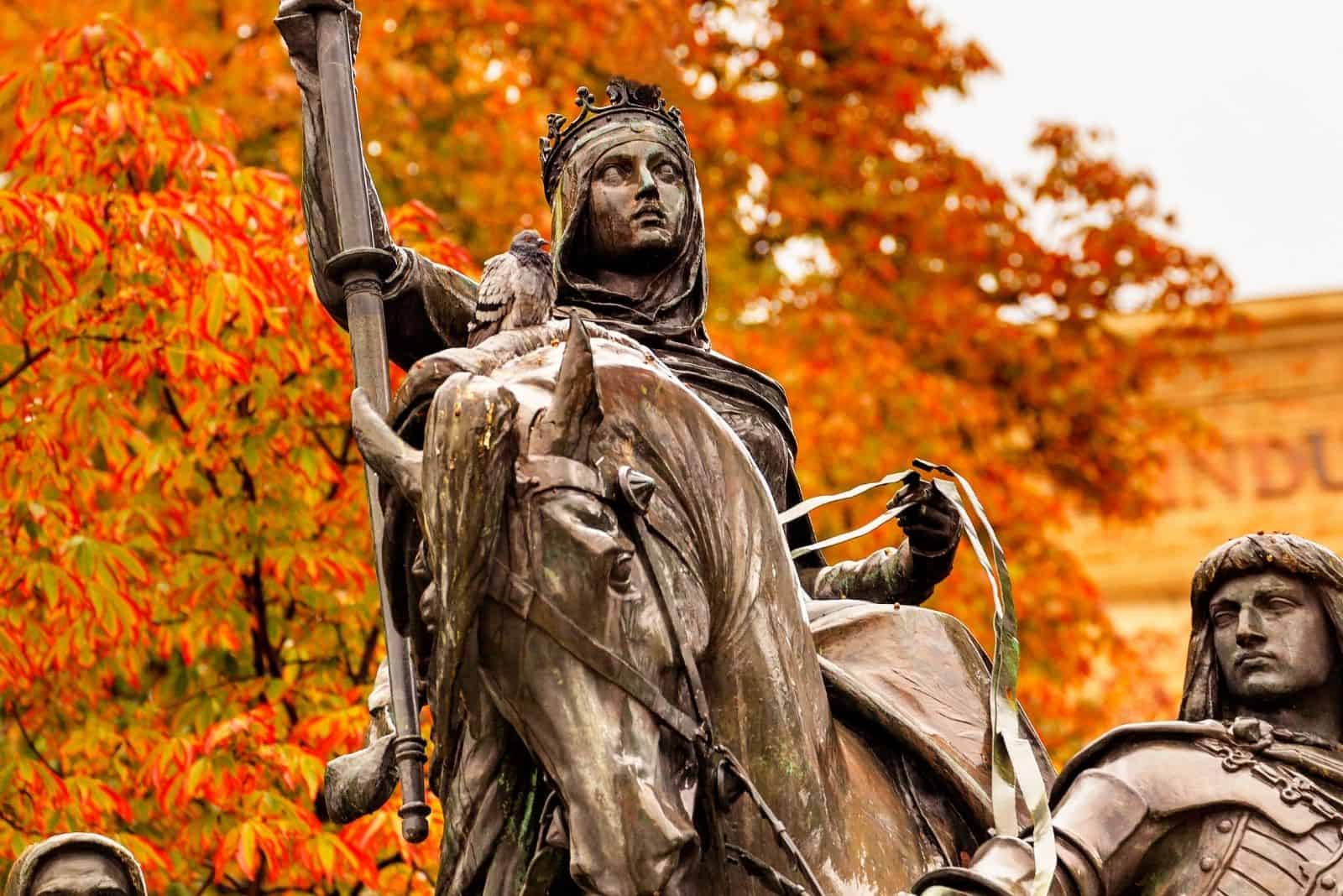
The phrase Isabella for this lilac shade isn’t anything new. In fact, it is believed that it originates from the late 15th century. It is named after Queen Isabella, who proclaimed that she wouldn’t change her dress until Spain won the Siege of Granada.
As a result, the color of her dress changed to a pale reddish color with white and black residue.
There is another similar story, but it is about underwear and the Seige of Ostend. Still, it comes much after the color was already called Isabella.
Some historians think that Isabella, or Isabelline, is coined from the word Zibellino that described a popular color of animal pelts during the 1600s.
Still, what we do know for sure is that the first time the term Isabelline was used to describe a color was in the 1600s, and it came with current fashion trends. Soon after, the term was shortened to Isabella.
As time went by, Isabella was used to describe the colors of specific bears and birds. It became quite prominent in the mid-1800s.
What makes things even more complicated is that Isabella is a breed-specific term. You cannot use it for all dog breeds. For example, you have lilac English Bulldogs and Isabella German Shepherds, although both are essentially the same color.
Similarly, Frenchies are usually lilac but not Isabella. On the other hand, there are some exceptions, such as Weimaraners that can be both lilac and Isabella as well as other diluted colors such as blue and grey.
Isabella color is known by many other terms, although others are not used for German Shepherds in this shade. Some of the names used are Isabella fawn, silver fawn, lavender, or silver beige.
Isabella Colored German Shepherds
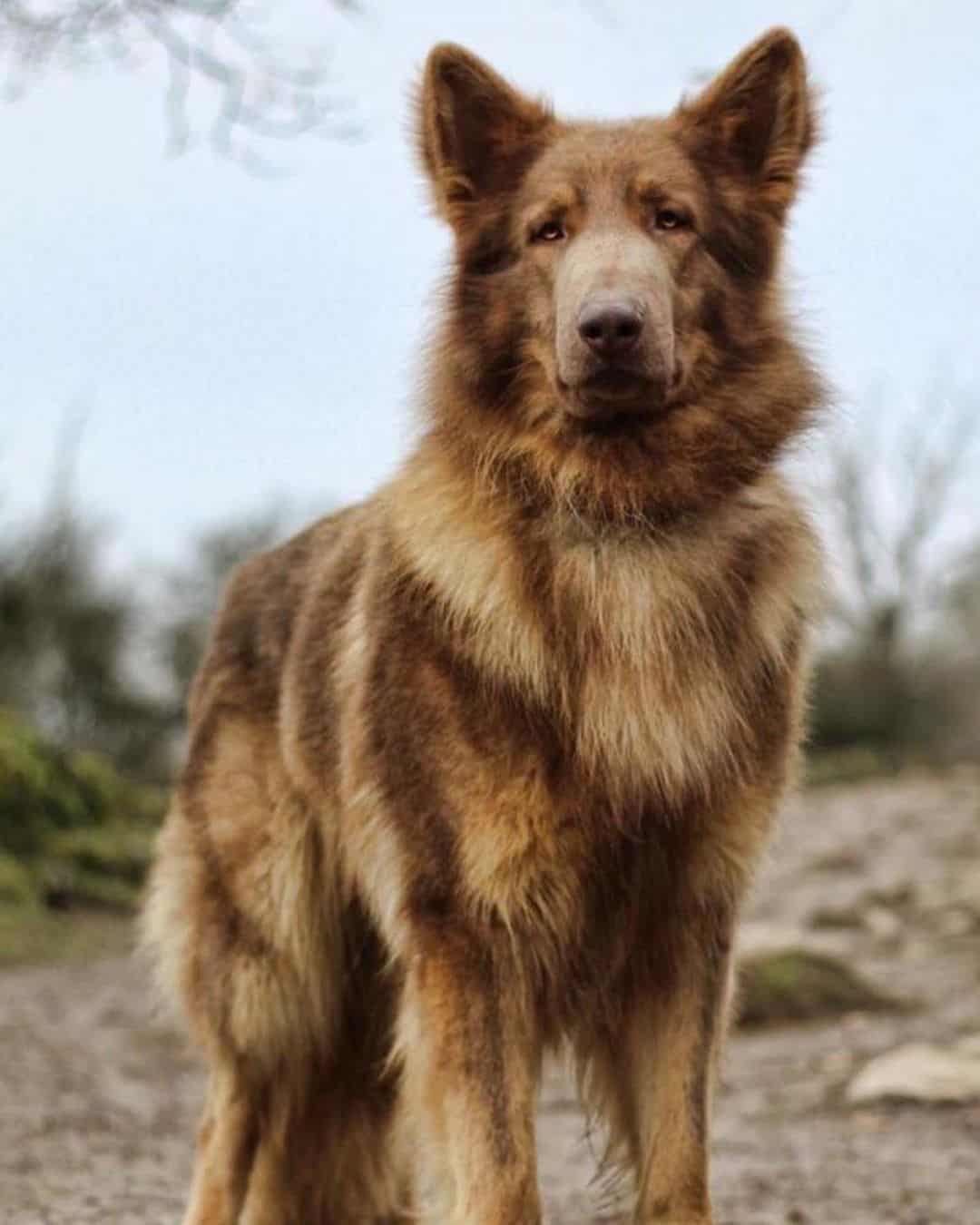
Photo from: @pampa_isabella_gsd
So, how can you know what an Isabella German Shepherd is? We’ve already said this color is similar to blueish-purple, but how will you know whether your pooch is a blue or an Isabella GSD?
The biggest clue is your dog’s nose color.
According to the breed standard, GSDs should have black noses. However, when you add dilution genes to the mix, this black color changes shades. A blue dilution causes a black nose to become blue or grey, while a liver dilution will cause a GSD’s nose to become brown.
We’ve already mentioned that Isabella is the result of the dilution of the liver color. This is why you should always look at dogs with brown noses.
Many dog lovers think that black and red German Shepherds are liver because of their prominent mahogany color.
However, their nose stays black, which is a true indication that there isn’t a dilution gene present.
Not just that, but a liver dog cannot have black hair on him. All black color should be diluted, which also means diluted hairs.
While Isabella is a double dilution as it comes when a specific gene dilutes the liver color, these pups don’t have as bright of noses as you might think. Some might have pink noses, but many will have liver-colored ones or even dark grey ones.
Color Genetics
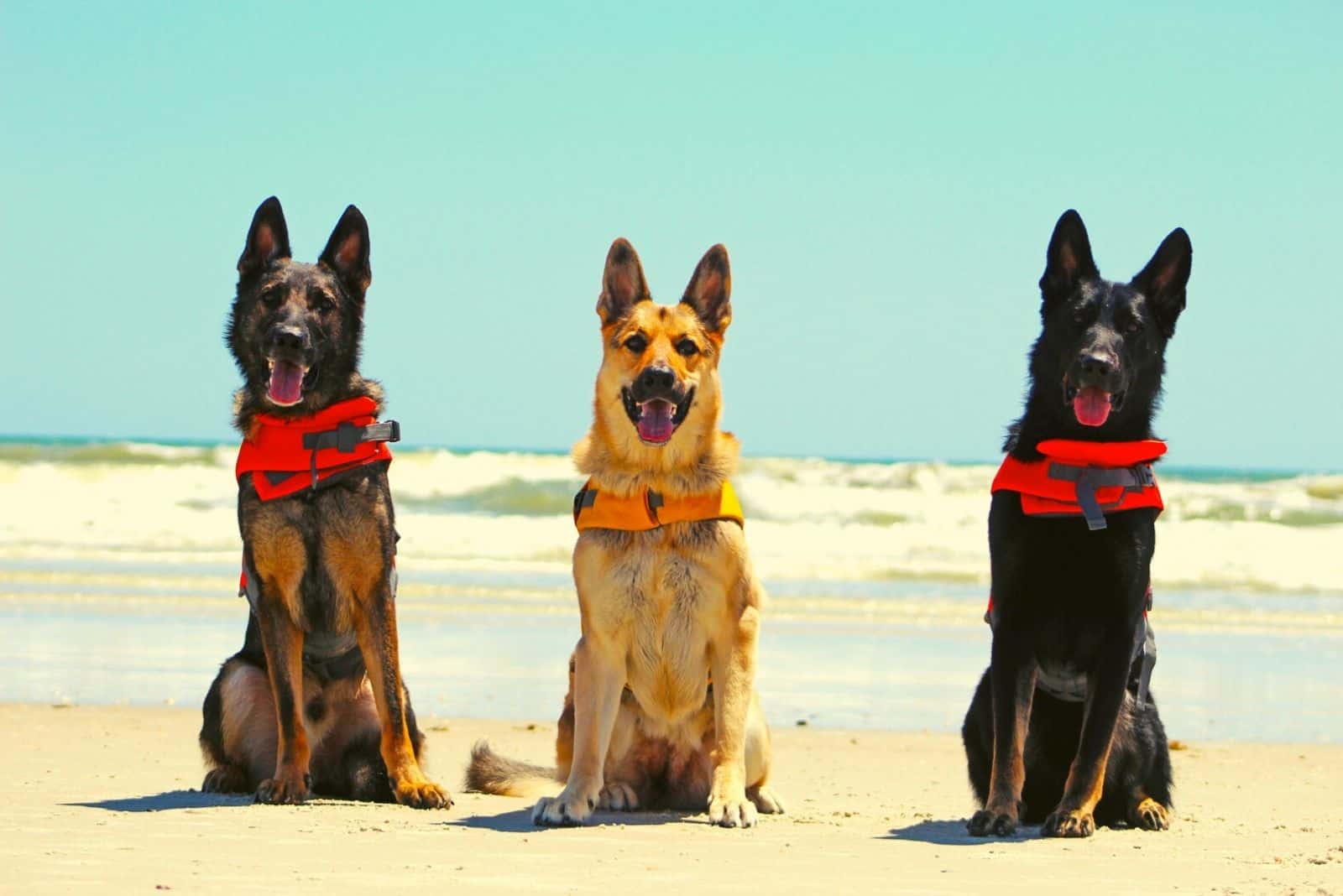
All German Shepherd colors, just like all other features, are the result of genetics. Many color genes determine the final look that a dog will have. Still, the genetics behind coat color isn’t as straightforward as the genetics for many other traits, such as height or coat length.
To make things simple, color genes (as well as any other genes) occupy specific locations on the chromosomes. These locations are known as loci. Loci dictate the color and the pattern that will be expressed on your pooch’s body.
The gene responsible for most German Shepherd colors is the agouti gene, known as the A-locus. Overall, agouti dictates the base color no matter the dog breed or the color in question. No matter whether other loci are dominant or not, the agouti gene will express itself.
There are four ways that the agouti locus can express itself on German Shepherds’ double-coats. All of these ‘expressions’ are called alleles, and they are responsible for various color patterns and shades.
There are dominant and recessive genes, or rather, alleles. Dominant genes will always express themselves. On the other hand, it takes two recessive genes, one from each parent, for the color or pattern to be visible.
When it comes to German Shepherds, there is an allele for a fawn, or rather, a sable pattern. Sable German Shepherds can come in any base color, but each hair has black tips. This is the most dominant of all genes.
Keep in mind that sable GSDs can carry some recessive alleles in their genetic material. This means that their offspring might not end up being sable after all.
Another common allele is the one for wild sable. These pups look similar to sable GSDs, but they won’t have as much black on their coat.
There is an allele responsible for black and tan or tri-color dogs. Compared to sable and wild sable, this is a recessive gene.
Finally, we have an allele for bi-color and solid black German Shepherds. This is the most recessive out of all other genes, which is why these dogs are so rare.
Despite some sources separating bi-color and black dogs, evidence points towards the fact that these two colors are indeed caused by the same allele.
However, there are many more different loci out there. This is why we have dogs in other colors, such as liver German Shepherds or even white German Shepherds. The Isabella German Shepherd is one of them.
Genetics Behind The Isabella German Shepherd
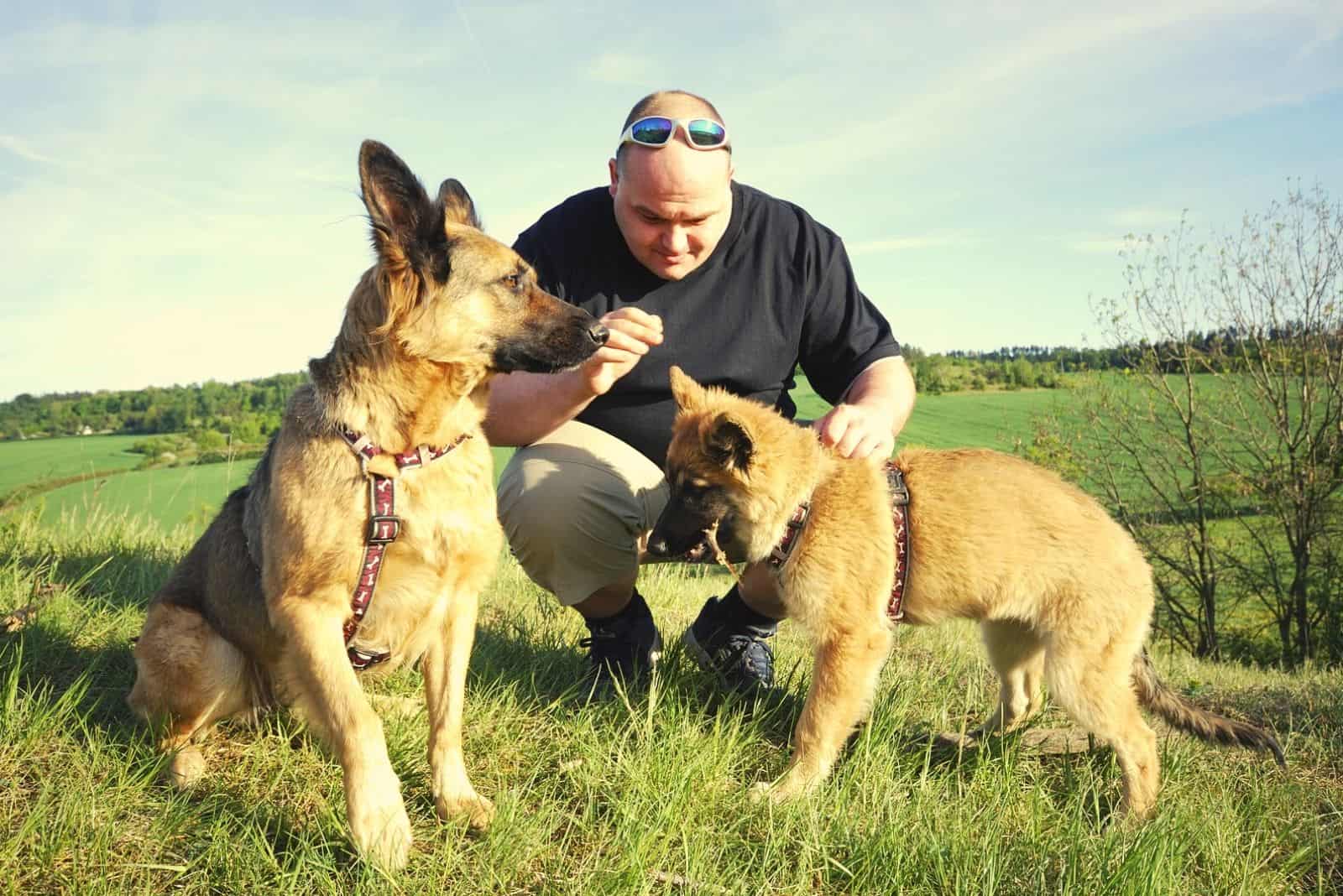
Isabella German Shepherds are the result of many different genes. Let’s explain.
We’ve already mentioned the agouti gene, and stated that it is responsible for the dog’s base coat color. However, other types of genes can affect this color.
For example, there is a specific liver gene that is located on the B-locus. This gene is what turns black dogs into brown – or rather, liver.
In other words, liver is a dilution of the black coat color. This recessive gene suppresses (or rather, dilutes) the expression of black pigmentation on the German Shepherd’s coat.
Any black color your dog might have will turn into brown, with the only exception being tan areas. The nose, lips, and paw pads will become brown or pink, and the eyes will usually be a lighter shade of brown.
This dilution gene will turn bi-color, or will turn recessive black German Shepherds into solid liver German Shepherds, while black and tan German Shepherd puppies will become liver and tan.
Something similar happens to blue German Shepherds. A blue coat color is caused by the blue dilution gene located at the D-locus. However, the blue gene will dilute black without removing the pigmentation entirely. This results in puppies with various shades of blue; a color that is similar to grey, but with a recognizable bluish tint.
Blue German Shepherds usually have blue or grey eyes. They are different from silver dogs. Silver German Shepherds are just a variant of black and tan. If you look at their noses, you’ll notice they are black.
But, what do Isabella German Shepherds have to do with all of this?
The Isabella German Shepherd is a dog with double dilution. These pups have inherited two dilution genes on the B-locus, as well as two dilution genes on the b-locus.
As there is a liver gene present, it will ensure that these working dogs don’t have a single strand of black hair on them. At the same time, the blue gene suppresses pigmentation in the brown area as there isn’t any black color it can affect. This is what gives Isabella German Shepherds that distinct purple color.
Because of this double dilution, Isabella German Shepherds commonly have green eyes, although amber eyes are common as well.
Isabella German Shepherd Colors
Since the genetics behind Isabella German Shepherds isn’t that simple, these dogs come in more than one pattern.
Here are some of the variants of Isabella GSDs you can find:
Solid Isabella German Shepherd
A solid-colored Isabella German Shepherd is the rarest out of all color combinations. This is because pure black GSDs are very rare and their dilutions are even rarer.
These dogs have their entire fur in a unique, purple shade, and there are no other markings on their body. These dogs will usually have very light green eyes. Blue eyes are possible as well.
Blue Isabella German Shepherd
These pups are usually the result of the effect that the double dilution has on tan and black or on red and black GSDs. The red color will become purple, while the black saddle markings will be blue.
Among all Isabella German Shepherd color combinations, this is one of the more common ones.
Isabella Sable German Shepherd
Isabella German Shepherds with black tips are impossible to find as the liver dilution gene prevents any black color from expressing itself.
Still, as sable is the most dominant gene, it can affect Isabella GSDs. Their hair tips will be darker than the rest of the coat color, although never fully black.
Isabella and Tan German Shepherd
While the double dilution affects the tan color, sometimes these changes can be so minor that it will seem as if your pup still has a tan base, while the black saddle markings will be dark purple.
You can differentiate these dogs by their brown or pink noses. This is the biggest difference that sets them apart from regular black and tan GSDs.
Isabella Panda German Shepherd
No, Panda German Shepherds aren’t some fancy crossbreed. Instead, these are dogs with a pied gene that gives them a white base and colored markings.
As Panda GSDs are very rare, the same can be said for Isabella Panda German Shepherds. These dogs are caused by several rare color genes, making this the most unique combination in the entire dog breed.
Liver Isabella German Shepherd
While many people think that liver Isabella German Shepherds are simply bi-color dogs with lilac and liver markings, the truth is that all Isabella GSDs can be considered liver dogs.
This is because liver isn’t exactly a coat color, but rather the presence of the liver gene. No matter the coat color, a liver dog will have a brown nose and usually lighter eyes.
As the Isabella color cannot exist without the combination of the liver and blue dilution gene, all Isabella German Shepherds can be considered liver GSDs at the same time.
Long Haired Isabella German Shepherds
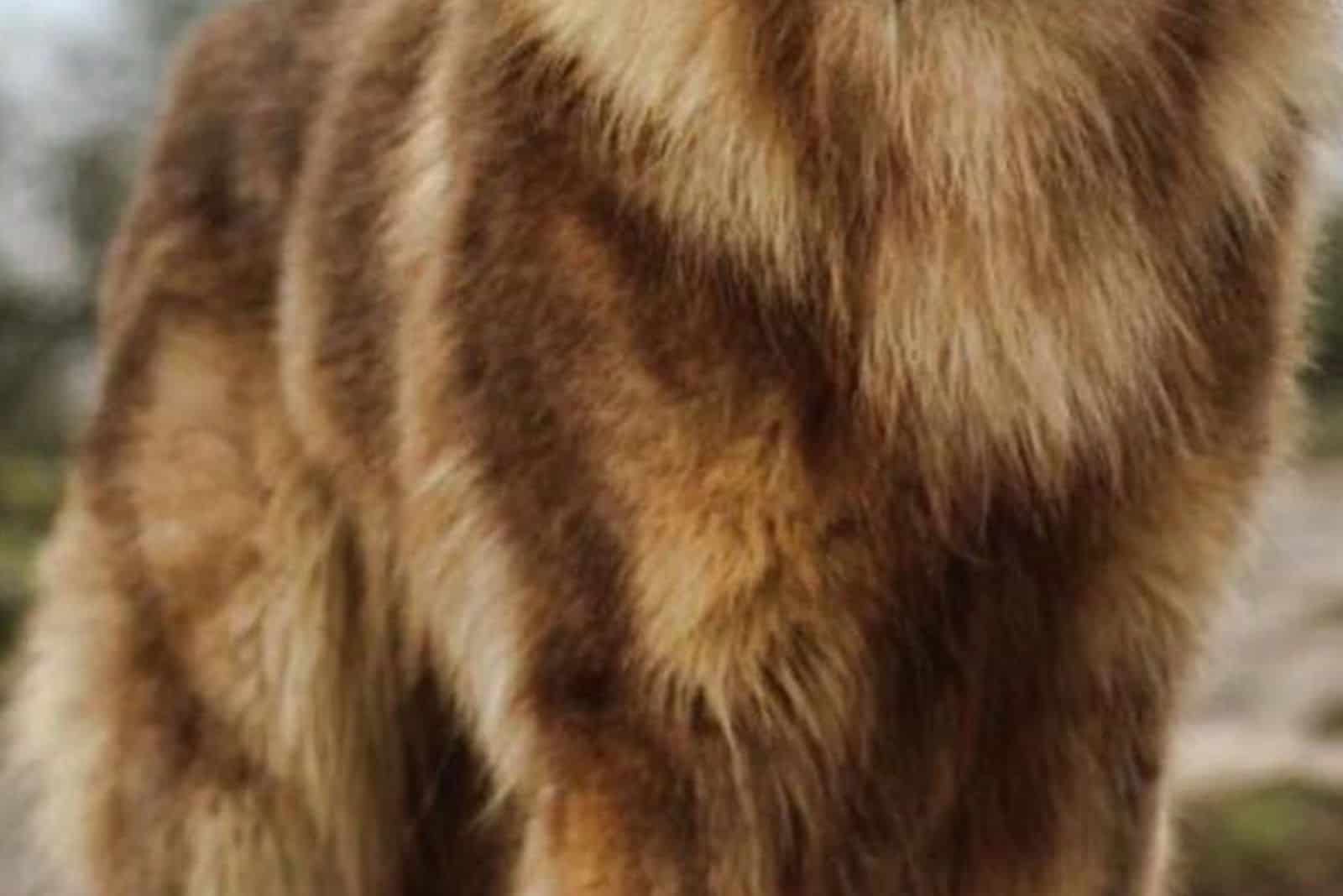
Most Isabella German Shepherds come with a medium-length double-coat. However, some GSDs are long-haired. Believe it or not, this slight difference in coat length can affect your doggie quite a lot.
Most GSD owners have claimed that their long-haired Isabella German Shepherds are much calmer and friendlier compared to standard GSDs. The history behind this will likely tell us why.
Long-haired German Shepherds aren’t suitable to do many jobs that German Shepherds would normally do. This is why they are kept as family pets, and this is how they have been treated for generations.
Also, long-haired German Shepherds don’t have an undercoat as standard Isabella GSDs do. This makes them unsuitable to withstand cold winter weather, which is why they are bound to spend many nights indoors. This makes them perfectly adjusted to family life.
While the AKC considers long-haired German Shepherds a genetic fault, this doesn’t change much for an Isabella German Shepherd owner. These pups cannot participate in dog shows as it is, so this feature doesn’t really make any difference.
Isabella German Shepherd Puppies

Isabella color is the result of a recessive gene. This means that for the intentional breeding of Isabella German Shepherd puppies, both parents would have to be Isabella-colored as well.
However, Isabella isn’t a popular color in German Shepherds and not many people prefer it. This is what makes these pups so rare. Most Isabella puppies are the result of accidents and hidden genes in both parents.
Isabella German Shepherd for Sale
If you’re looking for Isabella German Shepherd puppies for sale, you will see various listings with various prices.
While the price alone doesn’t tell you much in this case because of reasons we’ll disclose later, you still need to pay attention to several things.
If the price seems too low, make sure to ask people about the breeder who is selling your future Isabella GSD. Many ‘cheap’ breeders are actually backyard breeders; people who don’t have any experience breeding these rare and beautiful dogs.
While these people usually mean well (they are simply people who ended up with a litter of unwanted puppies) they don’t know how to treat puppies, which is why you might end up with a dog with health or behavioral issues.
Another huge risk is buying from pet shops or puppy mills. These locations don’t really care about the health of their puppies. All they want is to breed and sell as many puppies as possible so they can profit.
Adoption sounds like the best idea for many, and ethically speaking, it is. Just keep in mind that you don’t know the background of these dogs. While German Shepherds aren’t an overly aggressive breed, they can still cause harm if you don’t train and socialize them on time.
Your best option is to buy from a reputable breeder who will conduct all the necessary health tests, so they can be certain they’re selling you a healthy dog.
Reputable breeders will also give you papers that will prove to you that your Isabella German Shepherd is a purebred and not a crossbreed with some other breed such as a Husky.
Most responsible breeders will also start dog training and socialization early on. Not only will this lower future dog training costs, but it will help you buy the best dog possible.
The first few weeks are crucial for the dog’s development. If you miss out on that, you might have a problematic puppy. When a breeder starts proper socialization and training on time, you’ll have a well-behaved dog with very little effort.
Isabella German Shepherd Price
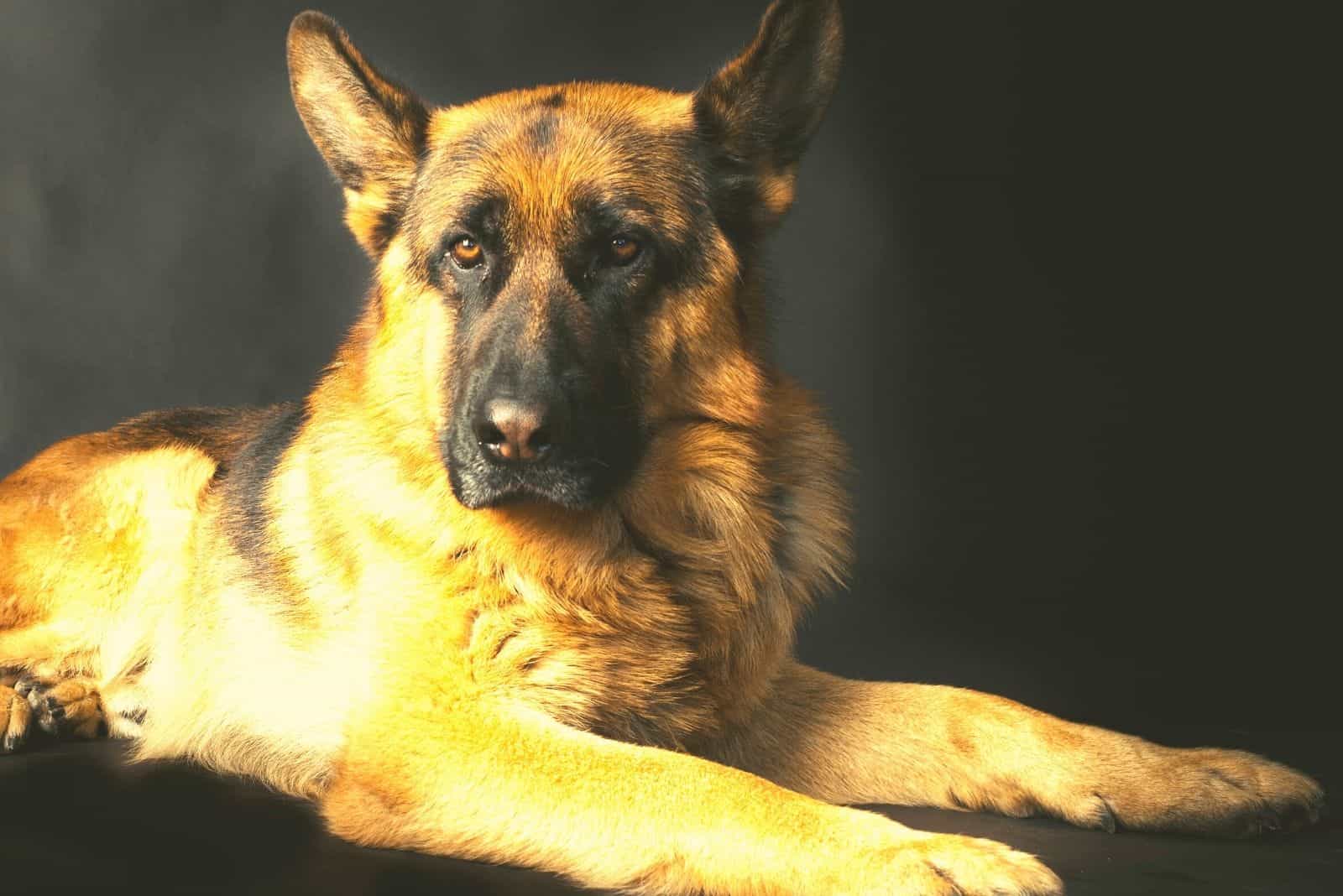
Isabella German Shepherds are very rare. In fact, this is the rarest of all German Shepherd colors! Normally, this would make the price skyrocket, but this can be tricky.
As mentioned before, Isabella German Shepherds aren’t very popular, and they are commonly bred by an accidental combination of genes. There are very few Isabella German Shepherd breeders out there.
Some breeders will try to sell their Isabella GSD puppies at a very high price, hoping that they’ll find a German Shepherd fan who adores this coat color. Others will lower the price, knowing that they’re selling something many experts consider faulty.
Because of this, it’s difficult to determine the exact price of an Isabella German Shepherd. Still, as regular GSD puppies cost above $900, you should expect more or less the same price for your Isabella puppy.
Do Isabella German Shepherds Have a Lot of Health Problems?
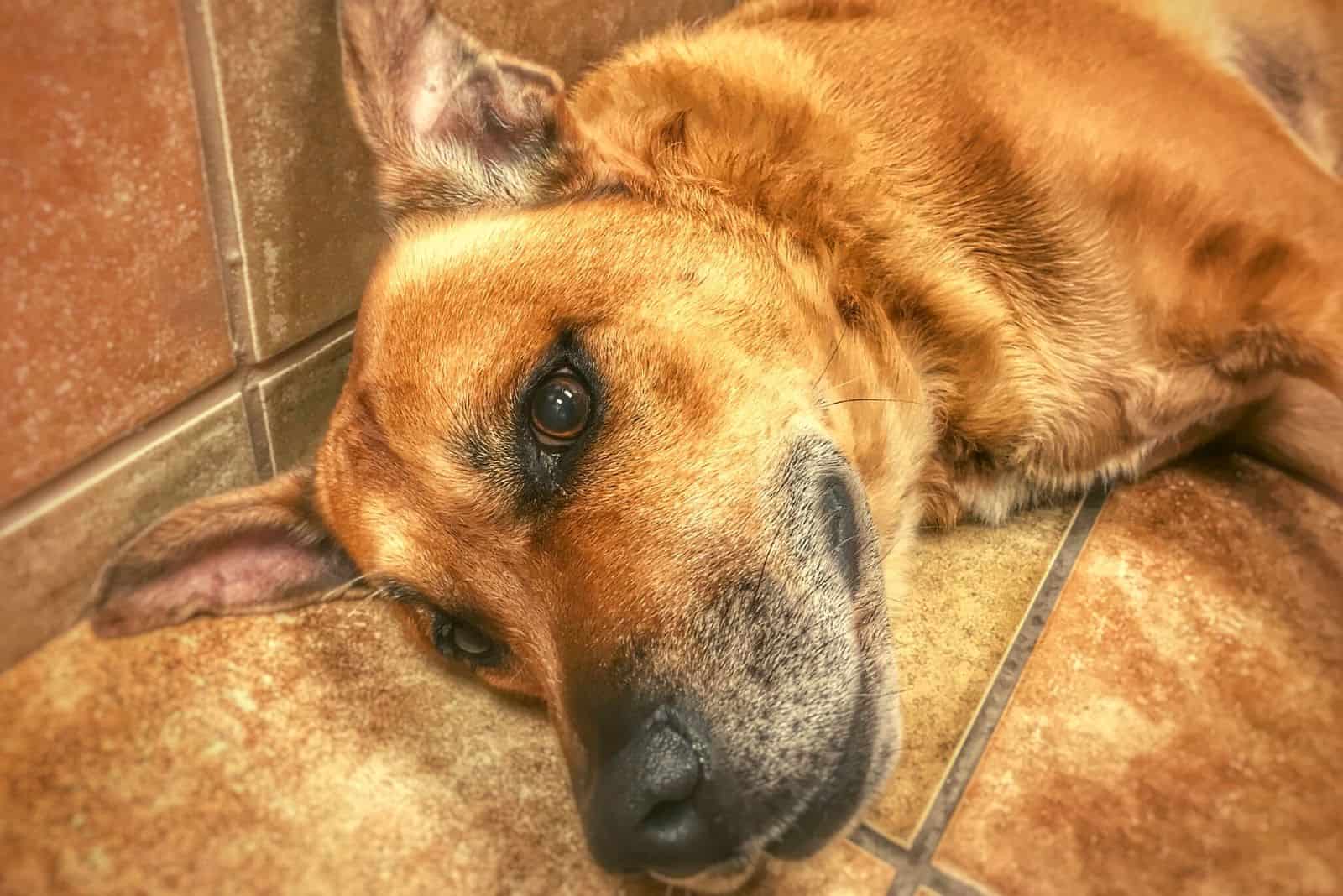
The dilution gene is known to cause health issues in many dogs that have it. Luckily, this is not the case with Isabella German Shepherds. This is because the Isabella color can appear naturally in the German Shepherd dog.
Isabella German Shepherds aren’t very popular. This is why crossbreeding of these pups isn’t a common practice, which is another reason why their gene pool stays healthy.
Because they are natural genes that appear in the German Shepherd breed, blue and liver genes don’t cause any health problems for Isabella dogs.
Of course, they will still be prone to the same health conditions that German Shepherds are prone to, such as:
• Hip dysplasia
• Elbow dysplasia
• Progressive retinal atrophy
• Diabetes
• Epilepsy
• Gastric dilatation (bloat)
• Osteoarthritis
• Cancer
Despite the possibility of all these health issues, Isabella German Shepherds have a decent life span. If you give them high-quality dog food, take them on regular walks, and don’t skip annual check-ups, these pups can live for 10 to 14 years on average.
Does Color Matter?

In the end, there isn’t much difference in what German Shepherd color you choose. Despite certain rumors, the coat color doesn’t affect a dog’s personality, so the Isabella German Shepherd will be just as good of a family pet or a guard dog as a GSD of any other color.
The biggest issue would be if you wanted to apply your GSD to a dog show. As Isabella isn’t a recognized color, your Isabella German Shepherd won’t be able to participate. Other than that, you won’t have too many issues.
German Shepherds are loyal and calm dogs that would gladly give their lives to their owners. No matter if you own an Isabella German Shepherd or maybe a black German Shepherd, you will surely have a new best friend that will stay with you for many years to come.
Read Next: German Shepherd Eye Colors: What Are The Variations?















